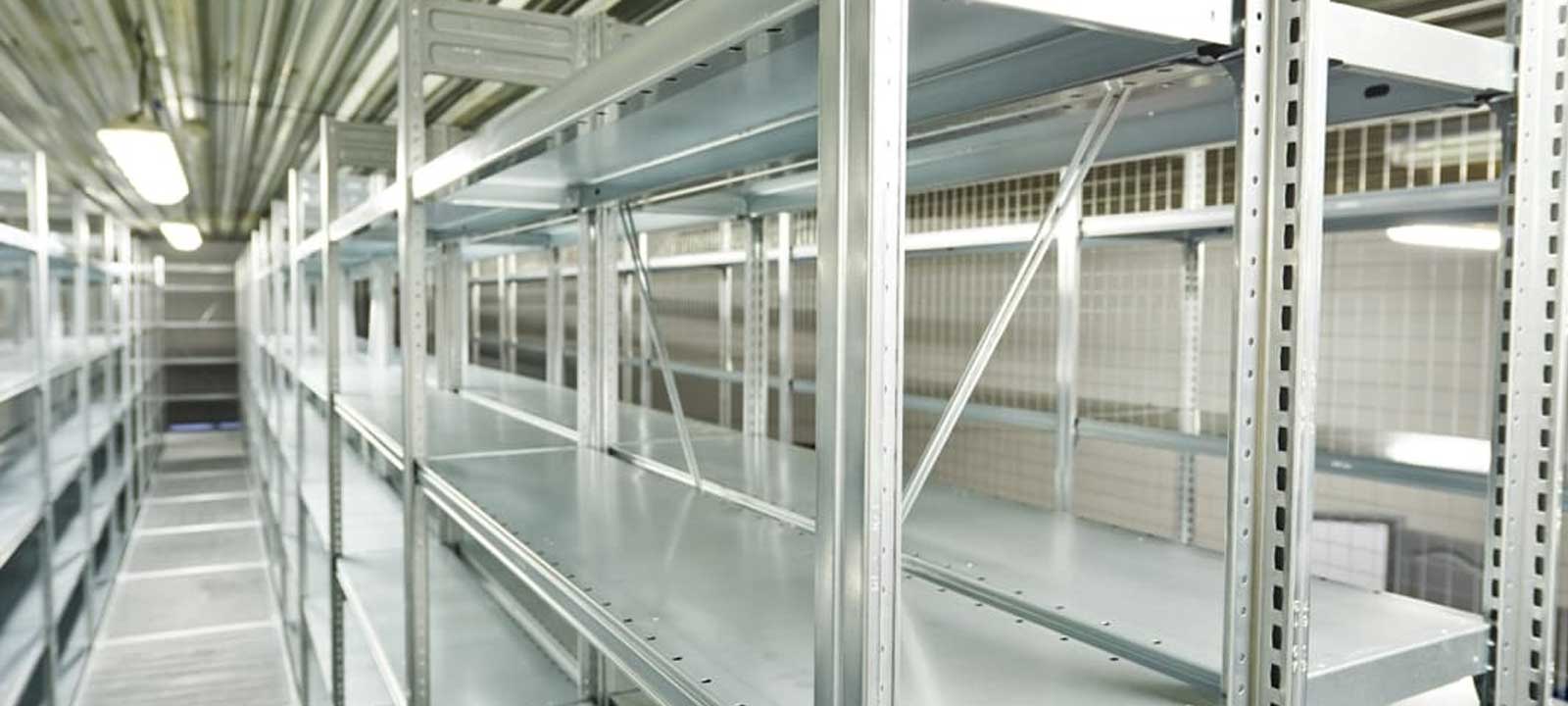This article originally published in Document Manager Magazine.
David Winkler, Executive Vice President and Chief Product Officer of Docufree, explains why the return-to-office plan for HR functions should include automation
For HR, securing and regulating information while making it easily accessible to the right people from the right place is a huge challenge. Especially when HR deals with more content from more sources than ever. It’s coming in from mail, faxes, emails, and web forms. It’s stored across inboxes, manila folders, network drives and various HR systems. Without standardized controls and efficient workflows for managing it, HR staff can’t know what information they have, where it is, who has access to it or if policies for compliance are being followed.
This responsibility has become increasingly challenging during the last several years, but has now grown glaringly cumbersome as companies accelerate their drive to become more digital as a result of the ongoing pandemic. When immediacy and accessibility are dictating how work gets done, file cabinets full of paper records create outdated, inefficient, and ineffective workflows. While return to work looked closer than expected this spring as the number of vaccinated increased and COVID-19 infections levelled off, the spread of the highly contagious delta variant has changed all that. Many companies are now pivoting and pushing their full return plans into 2022.
While the coronavirus will not eliminate the physical office altogether, it has changed the traditional workplace for the foreseeable future. Recent PwC research (“U.S. Remote Work Survey,” Jan. 2021), showed 73 percent of employees want to work remotely at least two days a week, even once the pandemic ends. Correspondingly, 55 percent of executives surveyed said they are prepared to expand remote working.
While the pandemic has changed the business world, corporate executives and workers alike acknowledge that there are advantages to remote work, making the hybrid workplace more of a sustainable reality. A hybrid workplace is a type of business model that splits the shifts of workers between remote and in-office workplaces. While a hybrid workplace has its challenges, many experts believe that this is the future of business.
The ability for a company to thrive in this new world of work starts and ends with the Human Resources Department. For the past several years, automating HR processes has been gaining momentum. Needless to say, the move to hybrid or remote offices has accelerated the HR automation technology trend.
Key HR Areas Ripe for Automation
Automation refers to the use of digital processes to perform work without – or with reduced – human intervention. Contrary to popular belief, automation drives improvement not by eliminating jobs, but by eliminating manual job functions that are inefficient, inconsistent or exposed to risk.
“HR Departments at leading companies have already realized how automating areas such as recruitment, on-boarding, and training can streamline internal processes across departments. Those same businesses have also recognized that automation improves employee service and engagement by making it easier for HR staff to accomplish administrative tasks.”
A recent KPMG International report found that virtually all HR functions can be fully or partially automated. Of 21 responsibilities, KPMG found only five to be relatively less susceptible to automation:
- People performance whole system architecture (building a high-performance work system);
- HR and business strategy;
- Organizational effectiveness;
- Change management; and
- Employee relations.
HR Departments at leading companies have already realized how automating areas such as recruitment, onboarding, and training can streamline internal processes across departments. Those same businesses have also recognized that automation improves employee service and engagement by making it easier for HR staff to accomplish administrative tasks.
Digital HR Powers the New Way to Work
In order for companies to run their HR processes efficiently and effectively, day in and day out, within a hybrid workplace model, human resources professionals need the right technology tools to support those workflows. The following technologies are essential for HR departments that want to successfully operate within a hybrid work environment:
Digital Mailroom
Regain control over inbound and outbound documents
No more sorting, scanning, renaming, and uploading documents, or hand keying in data. Companies can automatically capture and categorize documents from all sources including file cabinets, boxes, network drives, inbound emails, faxes, postal mail, web forms and other HR applications. With documents consistently defined, they can be easily found, managed and used according to any requirement – all with zero human effort.
Electronic Forms
Move away from paper to quickly completed, instantly delivered forms
No more downloading, filling out, emailing, or physically bringing over paper forms to HR or other approvers. Turn every requisition, job application, time-off request, performance review, personnel action and any other paper document into electronic forms that are stored in one place, instantly accessible when needed, and ready for corporate workflows.
Electronic Signatures
Bring any signing and approval process completely online
No more printing, scanning, mailing, back-and-forth emails and calls, or requiring in-person signatures. Get HR documents signed and returned in a matter of minutes online. Manage and track the entire process from beginning to end from anywhere. Onboard new hires, manage changes to benefits and execute any employment contractual process with speed, simplicity and precision.
Cloud-Based Document Management
Find and share information fast, keep it safe and in compliance
Unify documents in one place where HR can centrally control, track and enforce corporate policies and regulatory requirements for managing them while providing seamless access to the information your workforce needs-regardless of where they are. In addition, keep sensitive and confidential information protected at all times.
Applicant-Tracking System Document Connectors
Automatically sync new-hire records in ATS with other HR applications
New-hire information needs to keep flowing in order to streamline employee onboarding, provisioning, manager and employee self-service, as well as records management. ATS document connectors make transferring documents into other HR applications effortless with automated integration.
Process Automation and Workflows
Digitize HR processes and remove manual obstacles that slow work down
Boost productivity, improve HR service delivery, standardize processes, and support work from anywhere with automated workflows. Workflow automation turns manual processes such as sharing documents, making requests, getting approvals and signatures, as well as synchronizing files and data into all-digital workflows that are executed effortlessly – and practically hands-free – according to customized rules every time.
HR Automation at Work
Like many HR departments, the expansive teams at Ryder System, Inc., a leader in supply chain, dedicated transportation, and fleet-management solutions, operated in the digital age while relying on antiquated record-keeping processes. As the company centralized its HR operations, corporate leadership knew something needed to change.
Ryder employs nearly 40,000 people throughout North America and the United Kingdom. As the business continues to grow, it may add new workers to its ranks each year, making personnel management an operational necessity. With employee files distributed across more than 1,500 different locations in the United States and Canada alone, Ryder turned to Docufree to digitize more than a million HR-related documents – modernizing its operations and improving workflows in the process.
For Ryder’s HR organization, digitizing records was just the beginning. Docufree provided a comprehensive cloud-based digital platform for capturing, storing, managing, accessing, and securing personnel files. The result did more than just reduce clutter and modernize outdated processes. It improved the company’s operational capacity, allowing it to embrace novel departmental models, achieve new efficiencies, and optimize critical business functions. It also improved customer service, productivity, operational capacity, and regulatory compliance.
Automate HR Functions to Enable Broader Return-to-Work Strategies
Although there is no one-size-fits-all solution to address all of HR’s challenges, automation is one approach that many companies are finding extremely valuable. Working with the right technology partner to automate key HR functions will, in turn, enable broader return-to work strategies that support employees within in-office, hybrid or full remote workplace models.
When HR operations are automated, not only does the Human Resources Department benefit, but so does the company as a whole.




